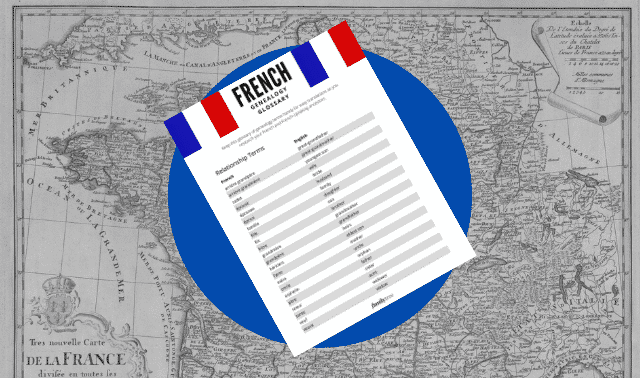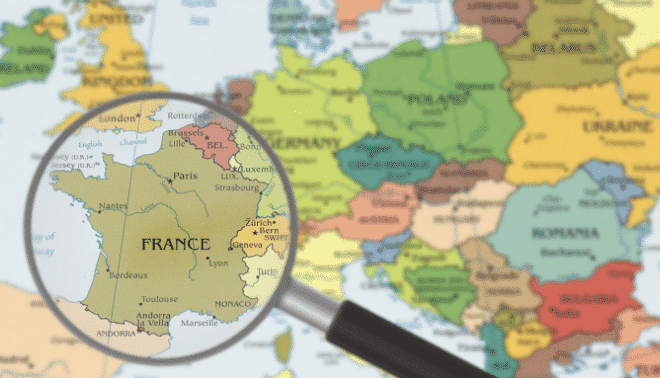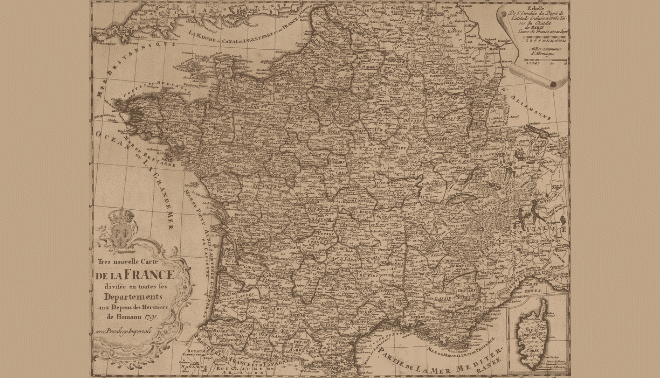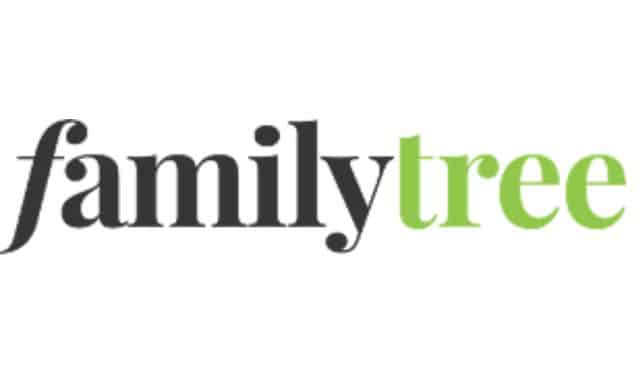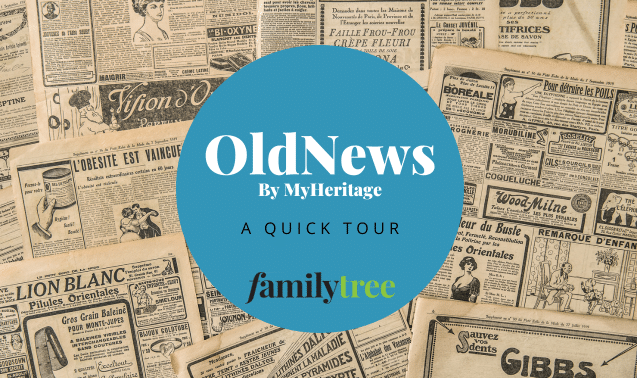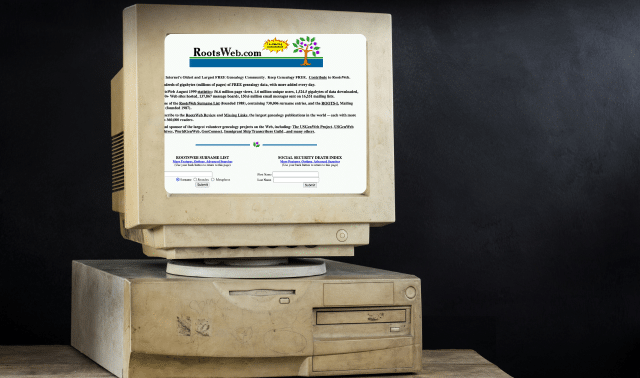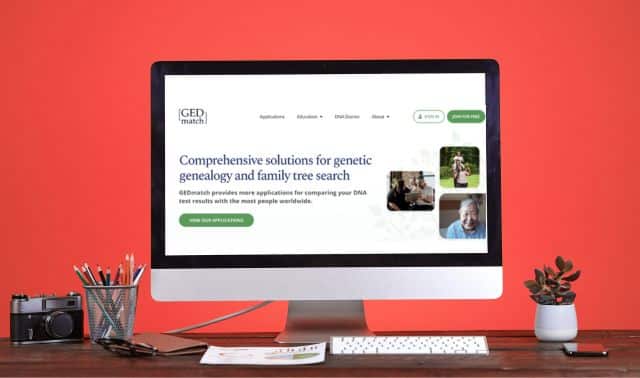If you’re eager to say bonjour to your French ancestors, Geneanet might be just what you’ve been chercher-ing for. Founded in 1996 as LPF—a French acronym for “list of surnames of France”—Geneanet has grown beyond its strictly francophone roots, with some 4 million members, and claims to be the largest European genealogy website.
Is Geneanet Free?
Geneanet is worth a look for researchers with roots anywhere in Europe, and requires only a simple, free registration to start exploring. Geneanet’s Premium service, priced at a very affordable $12.50 for three months, will mostly appeal to those with French families, however.
Who Owns Geneanet?
On Aug. 30, 2021 Geneanet announced that it will be acquired by Ancestry.com. According to the announcement, Geneanet will “remain a stand-alone site within Ancestry” and Geneanet users will now have access to Ancestry.com databases.
What Is Geneanet Good For?
For both free and paid visitors, Geneanet starts with family trees—1.25 million of them. You can add your own right from the home page, or under the “Family Tree” tab that leads off the top menu. If typing your tree gets too tedious, you can upload a GEDCOM file from your genealogy software program or from another site where you’ve already posted your pedigree. You can also add personal notes and create an archive to store images and records.
Searching family trees
The simple search on the home page will likely return plenty of hits from others’ uploaded trees. You can search by last name and/or first name; Premium users can add a spouse’s name. Clicking on “more search criteria” reveals a page of extra options: gender, place and birth/marriage/death year range. Here, Premium users can also filter by occupation, parents’ names and up to five places, as well as clicking to include name variants. They can also try wildcards: ? for a single character, * for any number of letters.
Results appear with an array of icons, which Geneanet isn’t very good at explaining. (Other users in the forums under Community are helpful at filling in the blanks.):
- Tree icons identify hits from others’ trees, obviously, and males get blue squares by their names while females’ are pink.
- A little chain-link icon pops up by spouses’ names, when included (non-Premium members see only initials).
- A tiny circle means that the individual is a direct ancestor of the Geneanet member who published the family tree.
You can sort results by name, year or relevance (the default) using a dropdown at the left atop your hits, or opt to view from 10 to 50 results at a time with the dropdown on the right side. A Preferences button above that lets you save your search preferences, such as name variants and results per page, for next time.
Helpfully, dates (or date ranges) and places accompany each result. You can specify which collection(s) to show results from using check boxes on the left of the hits list, as well as limiting by or excluding trees from any username. Premium users can restrict results to individuals with known ancestors or descendants and show only entries with sources.
Depending on the contributor, clicking on a family-tree hit can lead to a wealth of information. Names of parents, spouse(s) and siblings are all clickable, and many entries include notes and sources, even scanned records. You can switch from the list-like profile view to a family tree (with multiple printing options) or a timeline of the individual’s events, complete with map (especially useful if your knowledge of, say, French geography is lacking). The owner of the tree is shown at the bottom, with a link to contact. The resulting owner’s page also shows the most common surnames and places in the submitter’s trees, which can help determine if this is a likely distant cousin.
If your results leave you wanting, a red button above the results list signs you up for email alerts when new data are added that fit your filters. It’s a nice feature, available to free registrants and Premium users alike.
Collections and other content
Geneanet is more than just a pedigree site with a French accent; however, you’ll need to spring for a Premium membership to fully take advantage of its additional content. Some of Geneanet’s non-tree collections contain entries available to all users; much of this free content is drawn from other freely available sources such as FamilySearch or the Internet Archive.
A general search, from the home page or the advanced-search page, will include hits from all of Geneanet’s collections. (Free users can click under “Access rights” in the left menu to hide Premium content they can’t access.) Checkboxes let you filter by collection, such as archives, cemeteries, newspapers and coats of arms.
You can also use the top Search menu to specifically search the Genealogy Library, with more than 3 billion indexed individuals. Criteria here are similar to the general search, if a bit more limited: name, spouse (Premium only), keyword, place and year range. The Library encompasses books, newspapers, magazines, coats of arms and obituaries. These span the globe—you can use a long, scrolling list in the left menu to specify a country—but, again, many are resources freely available elsewhere. It’s still handy to have them all readily searchable from a single jumping-off point, though.
Next on the Search menu are genealogy society indexes, some 1.4 billion individuals indexed by partner organizations and available here only to Premium members. This is where the French tilt of Geneanet shows most strongly, as all the organizations in the dropdown list have French names except for FamilySearch and RootsPoint. Non-French researchers shouldn’t get too excited, therefore, about the attractive map at the bottom of the search page showing millions of entries for the US, Britain and other nations. But those with French ancestry will jump for joie over marriage certificates with detailed transcriptions, death certificates that include parents’ names, and similarly detailed birth records.
Below these indexes on the top menu is a somewhat overlapping search simply labeled “Collections.” In addition to the resources searched in the Library and Indexes, the more than 4 million sources here include notarial records, military registers, tax and electoral rolls, and censuses. French records dominate these additional resources, many of which don’t require a Premium subscription.
The resources listed next on the top menu under “Projects” are also found in these other searches, but it can be useful to drill down here to explore cemeteries, heraldry, war memorials and even postcards. These “projects” are collaborative efforts contributed by Geneanet members.
Finally, you can also explore the Geneanet Community Trees Index via Ancestry.com. This index contains over 1.5 million family trees from Geneanet, condensed into one convenient and searchable database. You can find invaluable information from this index, including important dates like birth, death and marriage, places of death, birth and burial, family members and so much more.
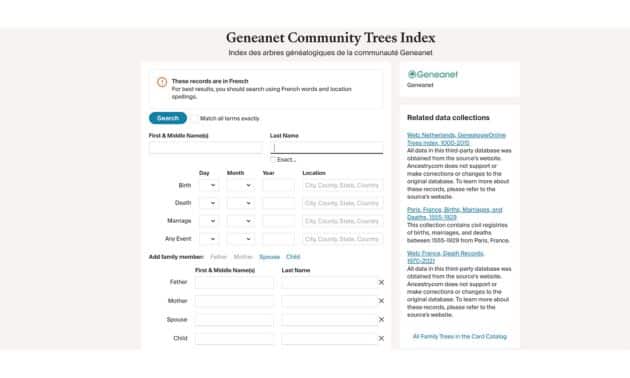
For the most accurate results, you will want to employ a few specific search strategies. First, because all of the records are in French, you will need to use French names and places to search. You might also consider keeping a translation tool at your disposal so that you can quickly translate unfamiliar words as you browse records. You should also bear in mind, per Ancestry’s own disclaimer, location names may have changed over the course of many years. As a result, you may discover a relative but find that the location differs from information that you already have on hand. Be sure to check old maps to verify any geographic changes. Also, try searching women ancestors both by their maiden names and their married names, as this may yield more results.
More features to explore
Records searches aren’t quite all there is to Geneanet, however. Under “Resources” you’ll find a helpful blog, pages on accessing and using essential French resources in Geneanet and beyond, and an “Ask the Expert” feature that helps overcome brick walls in your French research for $45 per request. Two other fun resources let you explore the origins of your families’ first and last names, with a map showing their worldwide distribution. First-name searches also reveal a chart of the name’s popularity over time (“David” peaked in 1975), while surname searches add links to Geneanet trees containing that name, including a count of those individuals in each. (Searching “Fryxell,” not surprisingly, failed to find an origin story, but did turn up more than 300 Geneanet mentions of possible cousins.)
Under the “Community” tab, you can invite other Geneanet members or anyone with an email address to join a list of Contacts. “Search Member,” also under Community, gives you another way to access the info and contact pages of submitters to family trees and indexes. The “Forums” link takes you to a busy online community that’s quick to help newcomers (with plenty of fellow English-language users). Besides help with searches and the site itself, topics include subforums across the globe, occupations, digital photography, genetic genealogy, origins of names, emigration records, genealogy software, heraldry and old pictures. Finally, “Collaborative Assistance” lets you volunteer to visit archives near you or snap pictures requested by other users—and make such requests for your own research.
The last tab on the top menu, “DNA,” spotlights Geneanet’s latest endeavor, in which you can upload DNA data from other companies to look for matches among participating Geneanet members. Few or zero matches on your first try? Geneanet will email you when new matching results are available. The stated goal is to build “the first European DNA database.” As of this writing, the service was still in beta, so it’s hard to evaluate how well it might meet that goal; note that Geneanet does not at this time offer its own genealogy testing.
A link at the very top right of Geneanet takes you to a partner site, Geneastar, which specializes in the genealogies of celebrities past and present. Besides searching for the family trees of more than 15,000 famous folks, you can compare your Geneanet tree to those of celebrities. Are you related to Protestant reformer Martin Luther, or maybe to serial killer Ted Bundy? Satisfy your curiosity here, or upload your own famous ancestor’s tree.
Getting the Most From Geneanet
Unless you’re eager to upload your family tree to yet another website, the smart way to start taking Geneanet for a spin is to search other users’ trees. A simple search on the home page will likely produce lots of pedigree matches, along with results from other parts of the site (some of which you’ll need to pay to access). As with other sites, enter only minimal search criteria to start, then narrow with more filters if you get overwhelmed. (I quickly found my Huguenots simply by entering “Rousseau” as a surname and “Hillaire” for the first name—199 results.) Note that a popup atop the results invites you to specifically explore hits in the Genealogy Library, which mostly require a Premium membership (as did all 12 of mine). Clicking on any link in Geneanet opens a new tab in your browser, so you can go check those Library hits without losing your original results tab.
To separate the wheat from the chaff in your results, take advantage of the date ranges and places shown in tree and index results. The blue or pink squares by each name let you quickly focus on hits of the right gender (I didn’t realize “Hillaire” could also be a woman’s name in France). The spouse name or initials below the name, with a marriage year if available, can also help zoom in on the correct ancestor. Genealogy Library results, even for free users, not only list the source but also give a sentence or so with your search term highlighted.
Researchers with French ancestors in particular should spend some time with the Genealogy Indexes (Premium only) and the less-familiar records found under Collections. While these categories also show up in general searches, you may get better-targeted results on these respective search pages under the Search tab. Don’t be distracted by indexes freely available elsewhere; even just filling in “France” in the “County, State, Country” filter will improve your focus on resources unique to Geneanet. Under Collections, click the little arrow under “Archives” in the left menu to reveal resources such as notarial records, Paris voter registers, “mortgage formalities” and Legion of Honor members. When you find a promising resource, you can click on it to browse.
Whatever your ancestry, Geneanet is worth a look. If you have French folks in your family, it should be among your premier places to visit.
Last updated March 2024.


